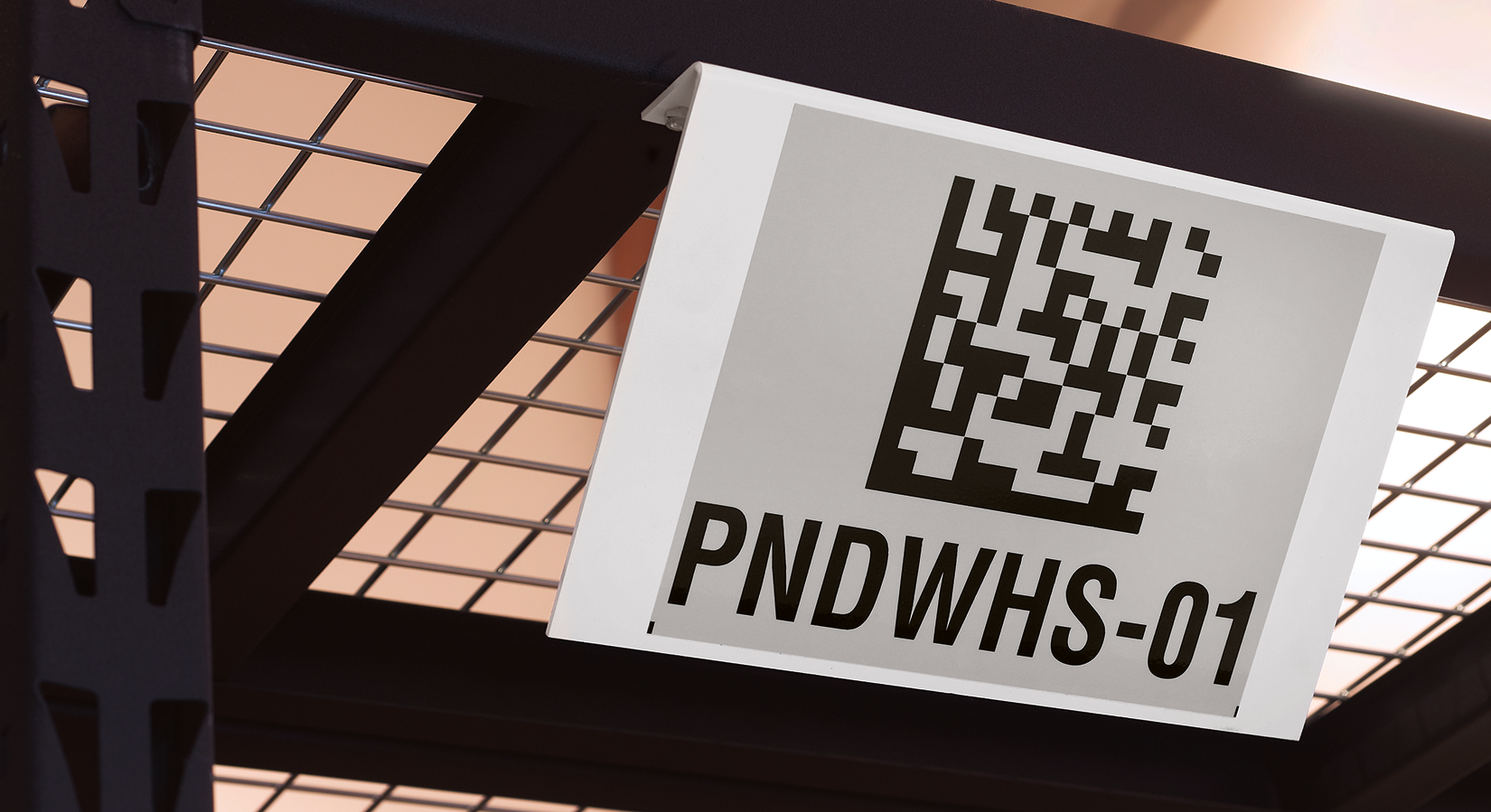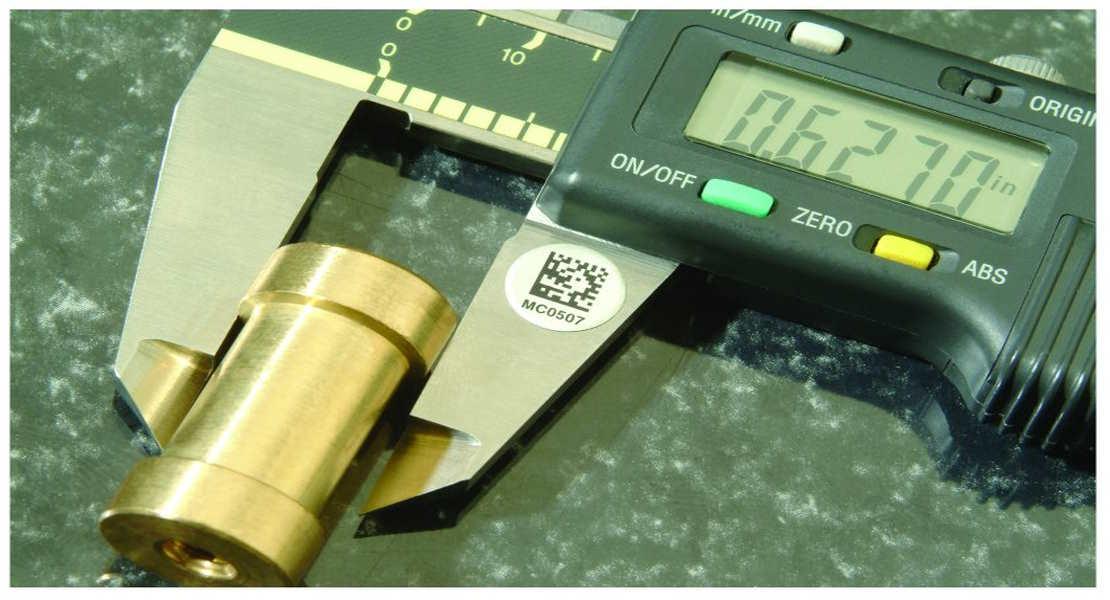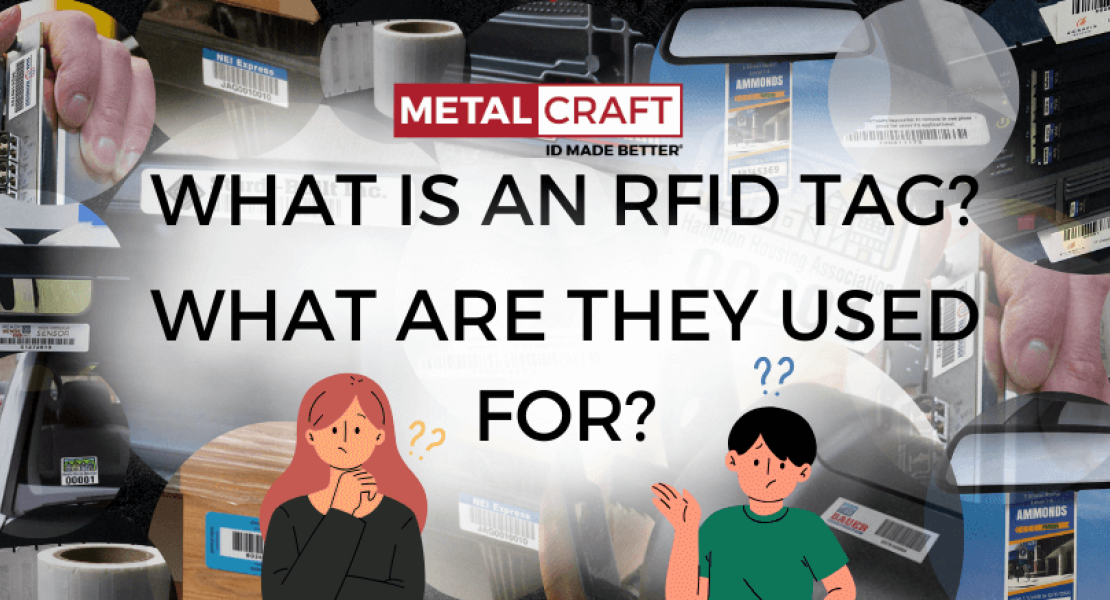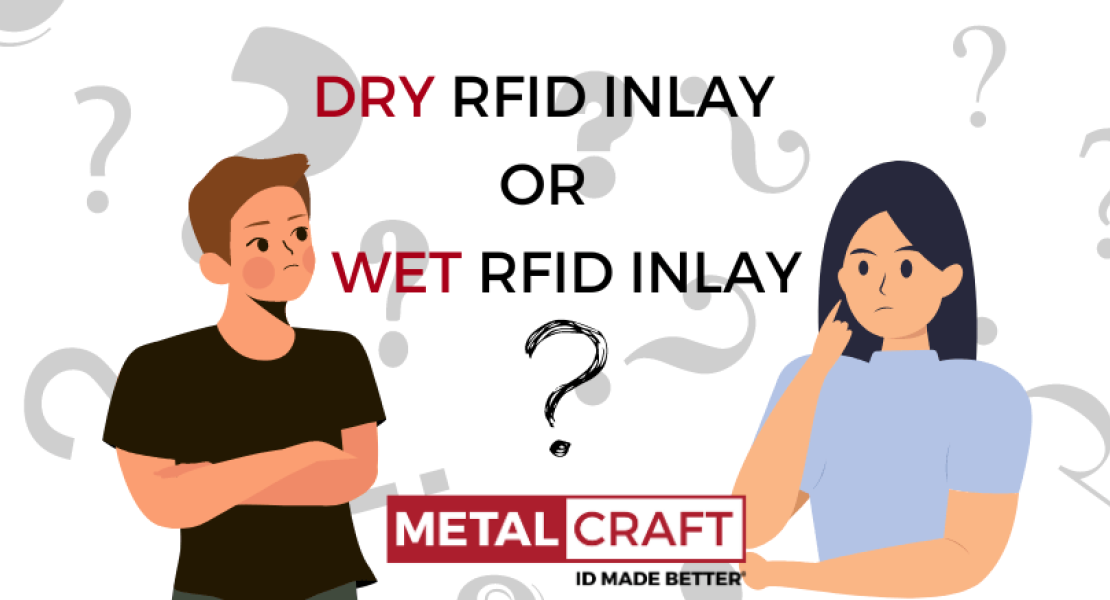Unlike their 1D counterparts, 2D barcodes offer significant increases in data capacity and functionality. They have revolutionized inventory management, product tracking, mobile payments, marketing campaigns and more.

What is a 2D Barcode and How Does It Work?
A 2D barcode, also known as a two-dimensional barcode, is a graphical representation of information that can be scanned and decoded using a barcode reader or a mobile device with a camera. Unlike traditional 1D barcodes that consist of a sequence of parallel lines, 2D barcodes can store much more data in a smaller space by using patterns of squares, dots, hexagons, or other shapes.
2D barcodes encode data both horizontally and vertically, allowing them to store alphanumeric characters, binary data, and even images or website URLs. They are commonly used to track products, facilitate mobile payments, store contact information, and provide easy access to online content.
Is a 2D Barcode the Same as a QR Code?
A 2D barcode and a QR code are not exactly the same, although a QR (Quick Response) code is a specific type of 2D barcode. While all QR codes are 2D barcodes, not all 2D barcodes are QR codes. QR codes are commonly used for a range of applications, including advertising, product tracking, mobile payments, and linking to online content. They can store different type of information such as text, URLs, contact details, etc.

What are the Types of 2D Barcodes?
There are several types of 2D barcodes, each with its own specific features, data capacity, and areas of application including:
- QR (Quick Response) Code - they consist of black squares arranged on a white background, typically in a square or rectangular shape and can store various types of data.
- Data Matrix Code - they are compact and can store a large amount of data in a small space. They consist of black and white square or dots arranged in a square or rectangular grid.
- PDF417 - they can store a significant amount of data, including text, numbers, and binary information. They consist of stacked rows of black and white bars, with each row capable of storing multiple characters.
- Aztec Code - they are high density 2D codes that can encode large amounts of data and are often used for mobile ticketing, transportation systems, and applications requiring compact codes.
What are the Benefits of 2D Barcodes?
Compared to 1D barcodes, 2D barcodes offer several advantages, such as increased data capacity, error correction capabilities, and the ability to encode different types of information. They can encode alphanumeric characters, binary data, and even images or website URLs. 2D barcodes often incorporate error correction techniques which enable accurate data retrieval even if the barcode is partially damaged or obscured. Despite their ability to store large amounts of data, 2D barcodes can be printed or displayed in a relatively small space making them ideal for application on product labels, packaging, tickets, and other items where space is limited. Additionally, 2D barcodes can be scanned from any direction, making them more versatile and convenient for a wide range of applications.
What is the Difference Between 1D and 2D Barcodes?
There are a number of key differences between 1D and 2D barcodes. 1D barcodes consist of a sequence of parallel lines of varying thickness and spacing. In contrast, 2D barcodes utilize patterns of squares, dots, hexagons, or other shapes to encode information both horizontally and vertically. 2D barcodes have a significantly higher data capacity compared to 1D barcodes. The amount of data 2D barcodes can store ranges from a few hundred characters to several kilobytes. 1D barcodes primarily contain numeric data and basic text information while 2D barcodes can encode various types of data, including text, numbers, contact details, URLs, and multimedia content. Lastly, 1D barcodes require a barcode reader to scan the barcode while 2D barcodes can be scanned using specialized barcode scanners or mobile devices with built-in cameras.
Metalcraft offers both 1D and 2D barcodes in all our barcode product offerings including best-selling Metal Barcode Nameplates and Foil Barcode Labels as well as our Premium Polyester Barcode Labels and other roll label products.
In summary, 2D barcodes are a popular choice for various applications due to their smaller size, ability to encode more information and the ability of using a smart phone or other mobile device to scan than their 1D barcode counterpart. For more information on 2D barcodes or to receive FREE samples, contact us at [email protected] or 800-437-5283.
 | About the Author: Marianne AlvaradoMarianne Alvarado is our Vice President of Sales. Alvarado joined Metalcraft in March of 2000 as a Territory Specialist, became Sales Manager in January 2022 and was named Vice President of Sales during August of 2023. She leads both the Outside and Inside Sales teams. Marianne lives in Davenport with her husband, Dave Beeman. Mobile Phone: 641-529-9492 Email: [email protected] Office: 3360 9th St. SW, Mason City, IA 50401 Office Phone: 641-423-9460 |




